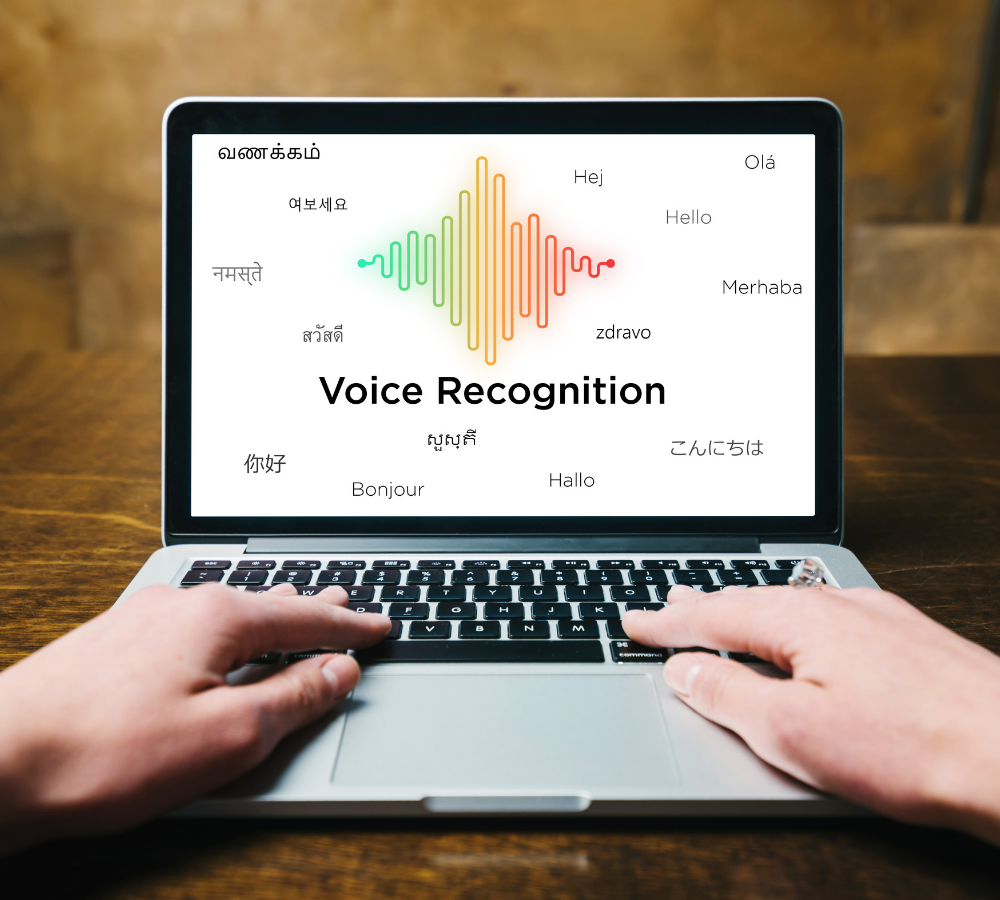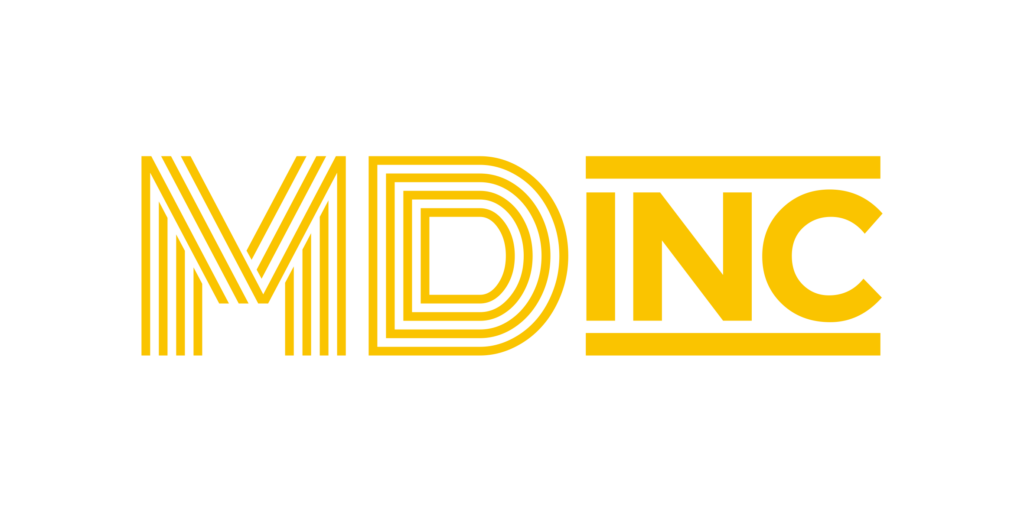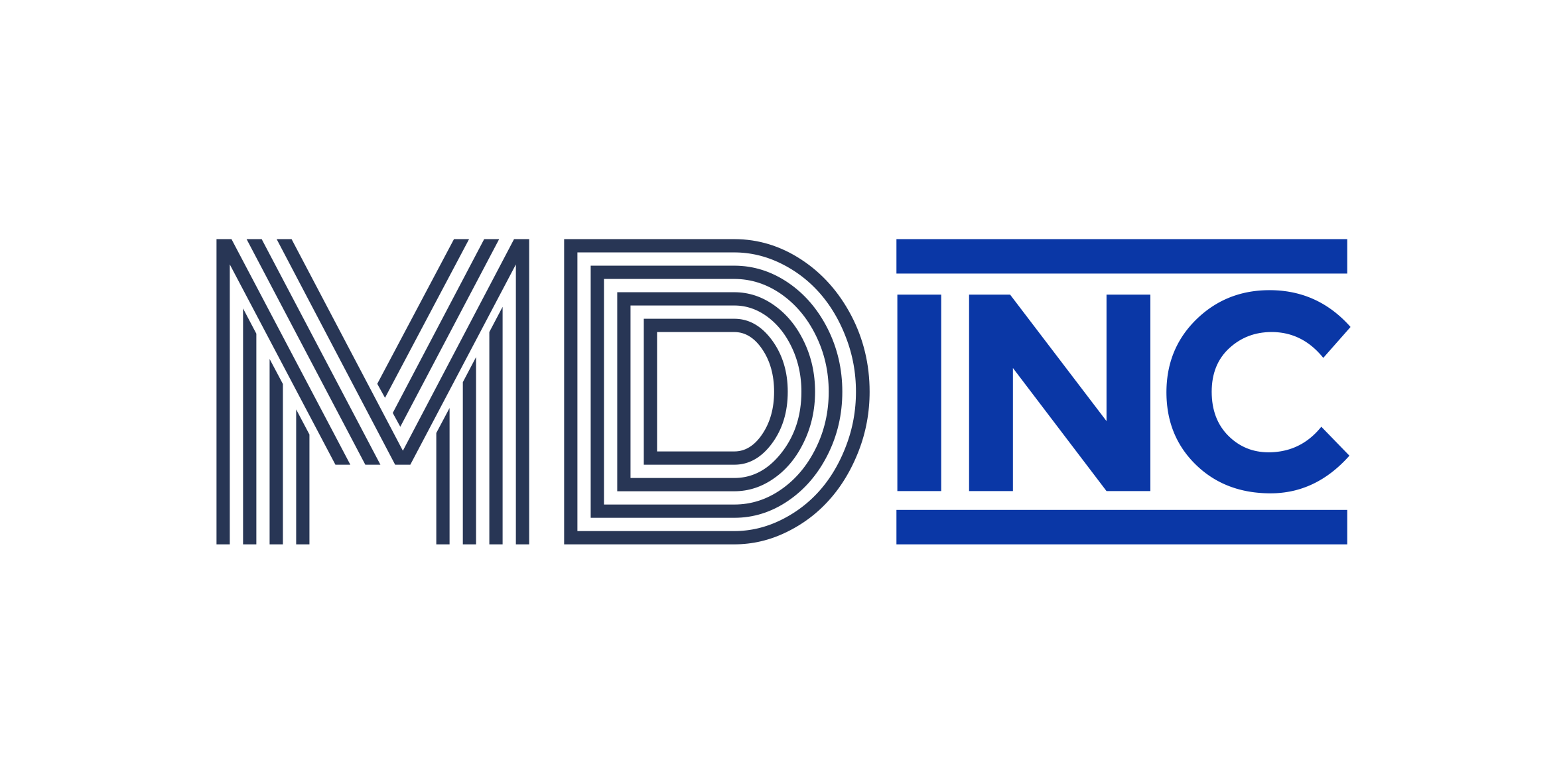Content Marketing
Social Media Marketing
Search Engine Marketing
SEO or Content Audits
Website Translations
If you want your website to have a global reach, website content translation is a wise idea so customers and clients can fully access—and understand—your website.
Browser translators can only go so far, and quite often, they miss parts of pages, don’t translate correctly, or aren’t able to access drop-down menus or other areas of the site that your clients need to access.
Bad translations can be frustrating, particularly if someone is traveling or looking to buy something. For example, if someone is from Germany and is visiting the United States, having a website with a true localized word-for-word German translation is perfect for them to understand.


More Information About Website Translation
There are other pieces of website translation to consider.
Perhaps you want a Spanish translation so that a person from Northern Spain can understand. But what if your website happens to be down at that exact moment?
Competent translation also means that your site can offer 404 messages and such in other languages, so someone from France could read a French translation error message.
When you are translating a website, you are not just translating the parts that the end-users can see. If someone from Italy needs a site with an Italian translation, the site also needs the ability to appear within search engines. So when a content firm translates a website, they also add invisible metadata that only search engines and social media platforms see so that you’re more visible.
Content translation also ensures that we offer dynamically loaded content from applications.
As of now, we offer:
- German translation (Germany, Austria, Switzerland)
- Italian translation (Italy)
- Spanish translation (Spain, South America)
- French translation (France, Canada)
- Thai translation (Thailand)
- Localized English translation (Canada, America, New Zealand, Australia)
What Is Localized English Translation?
Localized English translation is slightly different from translating one language to another.
When you translate localized English, you must be familiar with the different cultural terms to write the content. For example, in the United States, the back end of a car is called a trunk, while in the United Kingdom, it is called a boot. What Americans in the North East call “sprinkles,” those in the south refer to them as “Jimmies”. Localization even within one country can be helpful, too.
There are differences throughout Australian, American, Canadian, and British English, so copywriters and translators must know the differences as they write or localize a website.
While someone may be able to muddle through copy in English, that’s not written with their cultural colloquialisms. You don’t want your clients just to muddle through.
You want the content to be perfect.
Agencies that help with all types of content translation can reach global markets. In addition, if your website is available in multiple languages, you have a much further reach when it comes to meeting your mark.
To find out more about our translating or website localization services or if you have questions about the process, contact us at MDINC today by calling (844) 850 4466 or emailing us at admin@mdinc.co.



